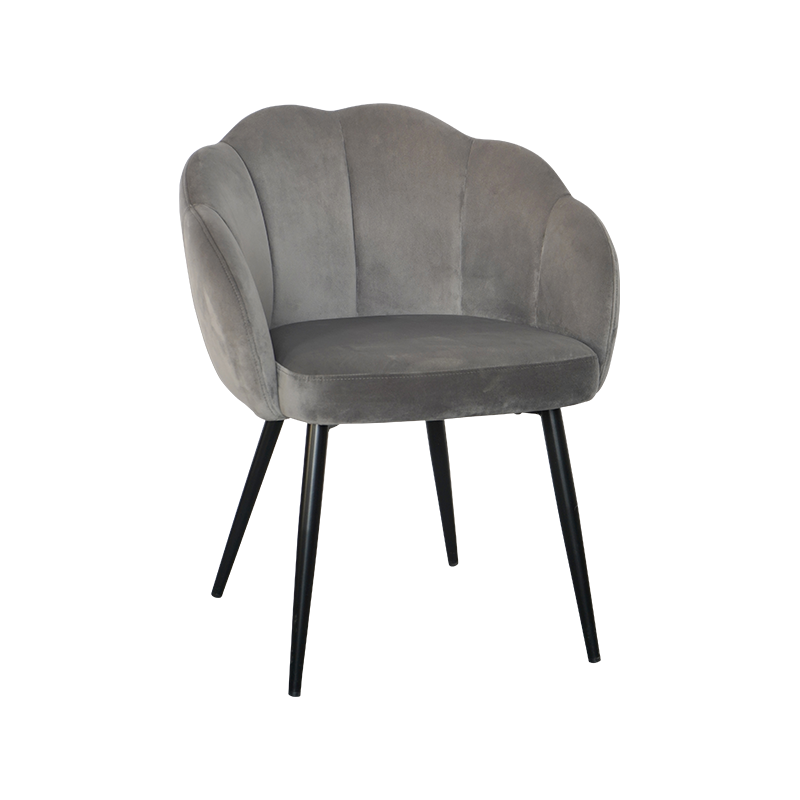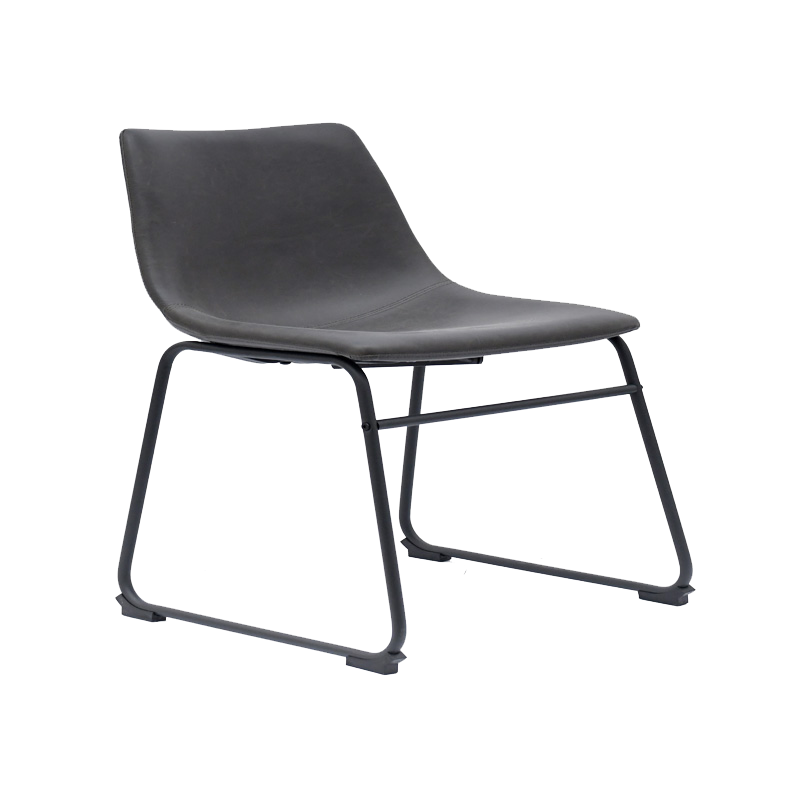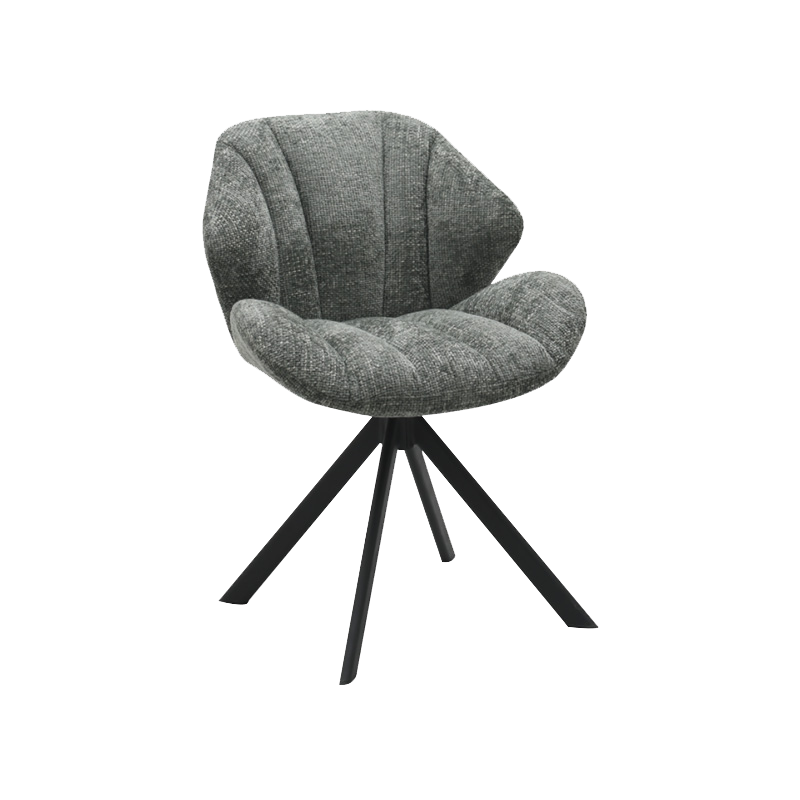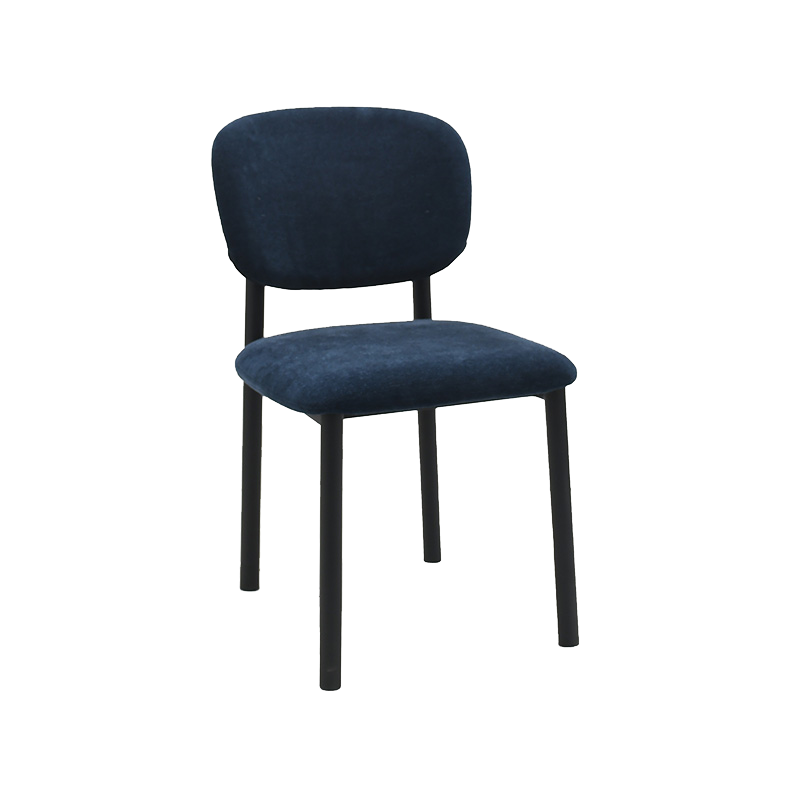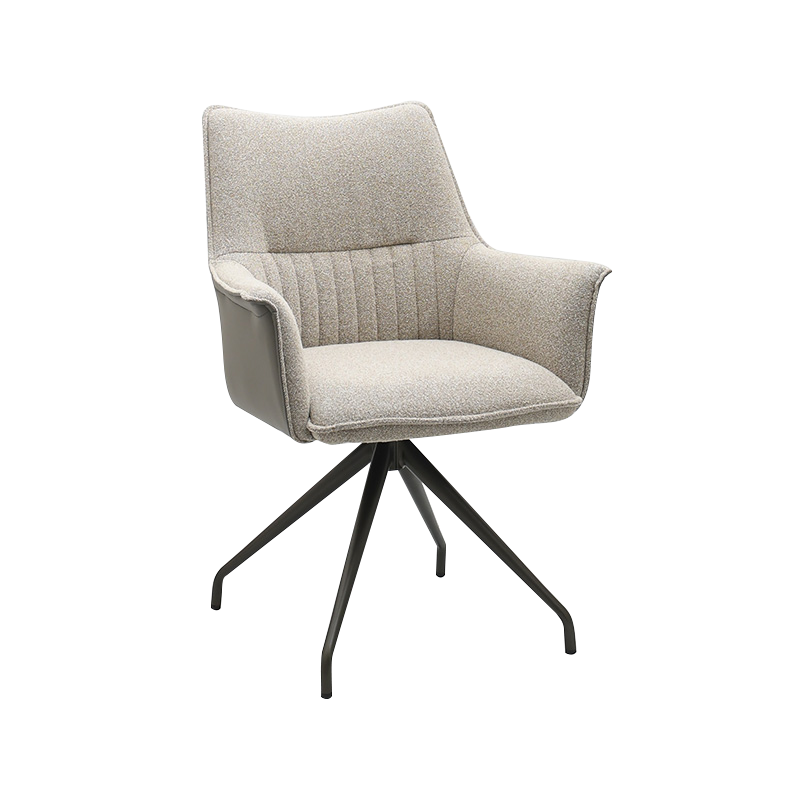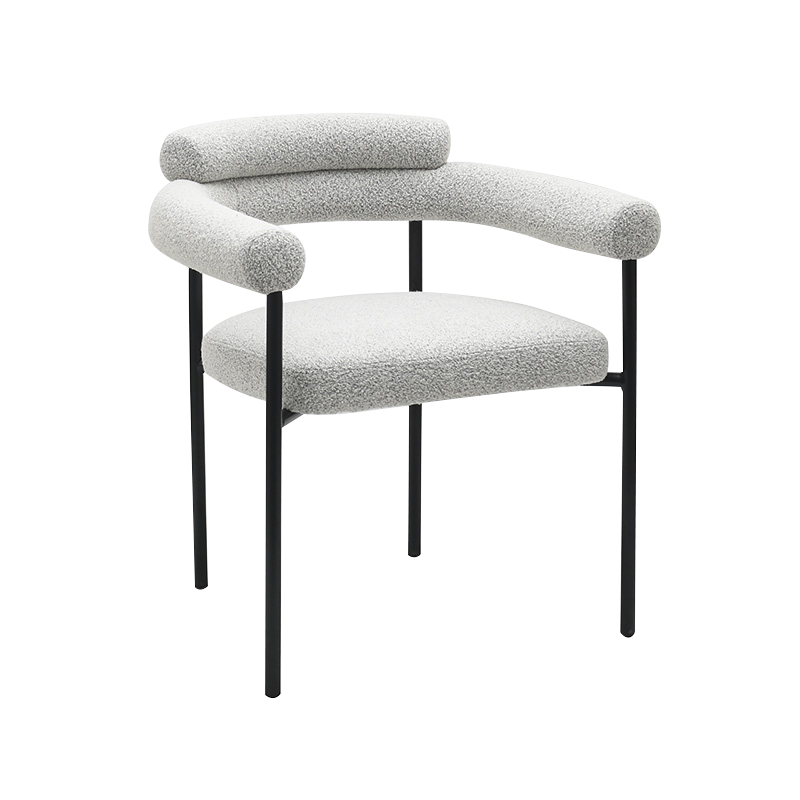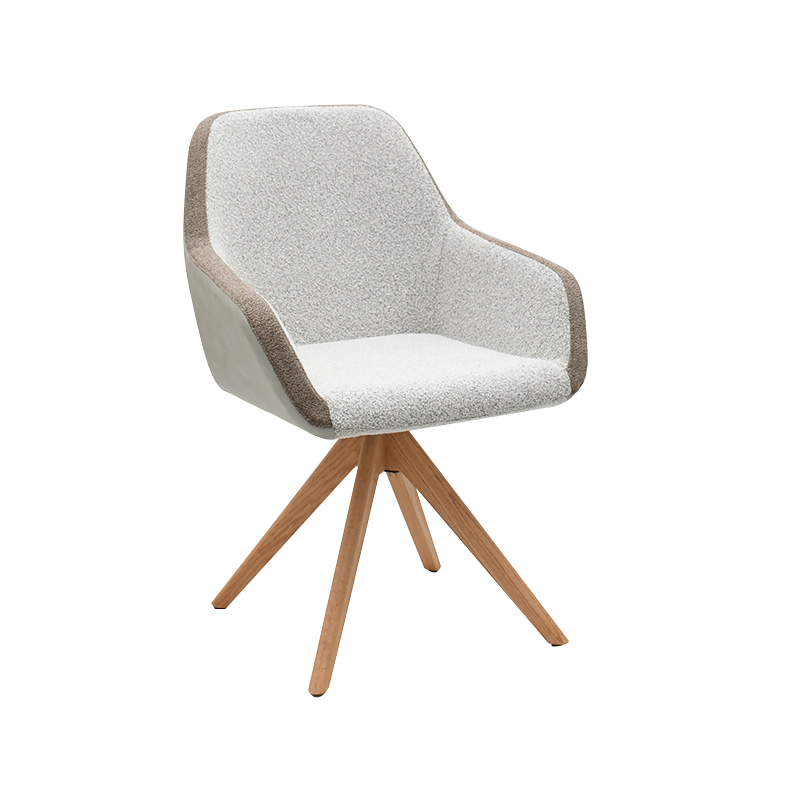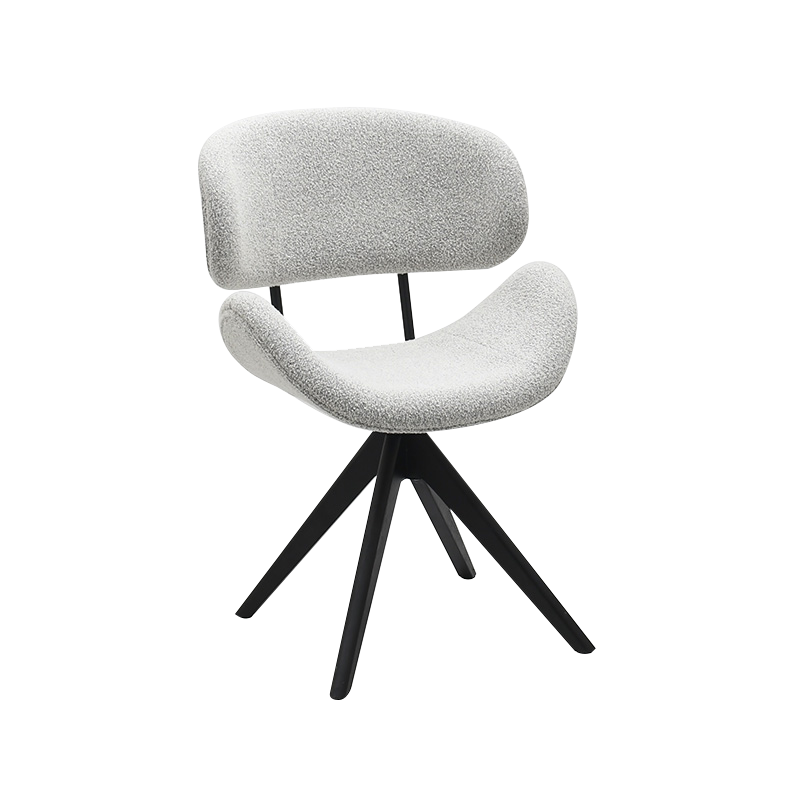In the fast-paced modern world, whether we're office workers at desks or esports players immersed in gaming, prolonged sitting has become almost a norm for us all. However, when we maintain the same posture for extended periods, the strain on our bodies far exceeds our imagination. Problems such as back pain, stiff necks, and even scoliosis are quietly undermining our health. In this era, a good office chair is more than just a piece of furniture; it's a vital defense against our health.
Redefining Comfort: The Essence of Ergonomic Design
The word "comfort" has a deeper meaning in office chairs. It's not just about being soft and relaxing; it's about providing scientific support and guidance, helping the body maintain a healthy sitting posture. Ergonomics is the core of this.
The essence of ergonomic office chair design lies in its ability to adjust in multiple dimensions based on the user's body curves and sitting habits, providing comprehensive support and contouring. The most intuitive manifestation of this is lumbar support. The lumbar support of an excellent ergonomic chair isn't simply a piece of curved sponge. Instead, it utilizes a complex mechanical structure that mimics the spine's natural S-curve, providing dynamic, adjustable support. As we lean back, the lumbar support moves with us, ensuring effective support at all times and preventing pressure from dangling from the lumbar spine.
Equally important is neck and shoulder support. Adjustable headrests and armrests can be adjusted in height and angle based on the user's height and arm length, relaxing the neck and reducing pressure on the cervical spine while ensuring effective elbow support and alleviating shoulder and wrist fatigue. This comprehensive adjustability is the fundamental difference between an ergonomic chair and an ordinary one. It transforms the chair from a fixed tool into an extension of the user's body, adapting to our needs for work and rest.

The Secret of Materials: The Evolution from Mesh to Foam
The performance and comfort of an office chair depend largely on the material selection and application. This not only affects aesthetics but also directly impacts breathability, resilience, durability, and support.
Mesh and foam are the two main choices for seat and backrest materials. High-quality mesh, often using a special weaving process and polymer materials, offers excellent breathability. This keeps you dry and comfortable even for extended periods of time in hot environments, preventing the growth of bacteria caused by stuffiness. Furthermore, the mesh's tension can be fine-tuned based on the user's weight and body shape, providing a flexible yet strong sense of support.
High-density foam offers a completely different seating experience. Produced through a complex foaming process, it possesses excellent resilience and load-bearing capacity. This foam evenly distributes pressure on the hips, reducing pressure points and effectively alleviating discomfort from prolonged sitting. Differences in density and hardness directly determine the firmness or softness of the seat. High-end foam undergoes special processing to maintain its original resilience over time, resisting collapse and ensuring the chair's longevity.
In addition to the seat material, the base and frame materials are also crucial. Materials such as aircraft-grade aluminum and high-strength steel provide a stable structural support for the entire chair, ensuring load-bearing capacity and safety. As a core component of an office chair, the gas lever's material and quality are crucial to life safety and must meet professional safety certification standards.
Core Function Analysis: From Reclining to Linked Armrests
A professional office chair's professionalism is measured not only by its ergonomic design and materials, but also by its robust and practical functionality. These features are designed to simulate the needs of the human body in different postures, providing optimal support.
Reclining is an essential feature of modern office chairs. It typically comes in two modes: synchronized reclining and multi-level locking. Synchronized reclining involves the backrest and seat cushion reclining in sync at a specific ratio. This design ensures the body maintains proper posture when reclining, preventing the body from sliding down due to the seat cushion leaning forward. Multi-level locking allows the user to lock the backrest at any comfortable angle, making it convenient for short breaks and relaxation during work.
Linked armrests are another detail that highlights professionalism. As the backrest reclines, the linked armrests adjust their angle and position accordingly, maintaining a constant relative position with the user's elbows. This ensures stable arm support regardless of posture, preventing shoulder dangling and fatigue caused by varying posture.

Features such as seat cushion depth adjustment and seat angle adjustment also allow the chair to more precisely accommodate different body types. The seat cushion depth can be adjusted based on thigh length, ensuring that the front edge of the seat cushion does not press against the back of the knees, promoting blood circulation. Fine-tuning the seat cushion angle further optimizes sitting posture and reduces pressure on the thighs and lower back.
Investing in your health starts with a good chair.
When we choose an office chair, we're not just buying a piece of furniture; we're investing in our health. A good office chair's value far exceeds its price tag. Through scientific design, it helps correct posture, relieves stress, and reduces the health risks of prolonged sitting.

 English
English Deutsch
Deutsch Español
Español